15 influential art and design movements you should know
Brush on up your knowledge of these major periods in art and design history.
06. Constructivism
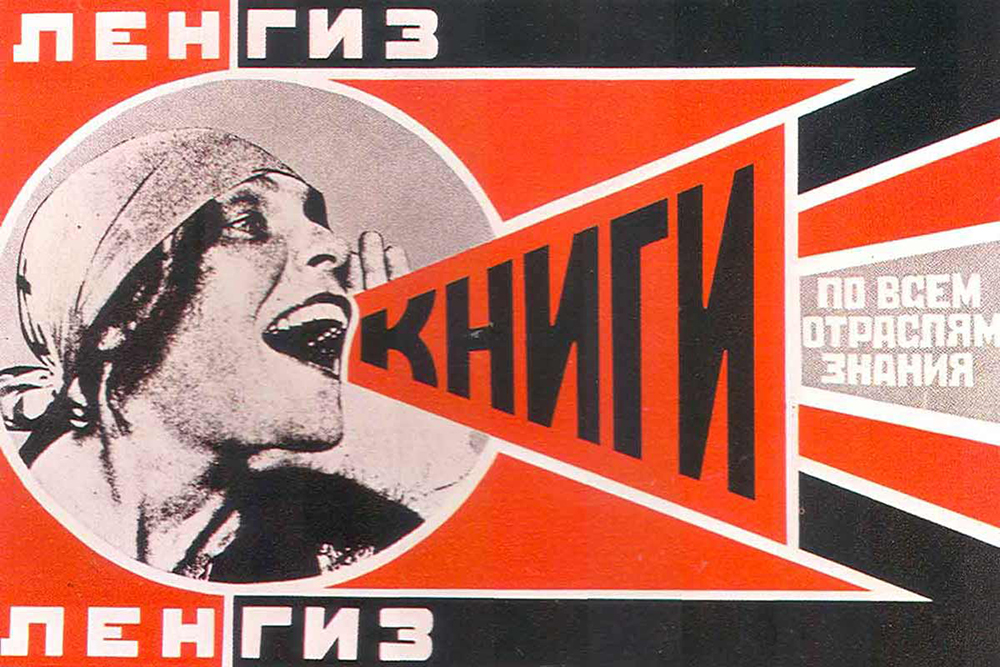
Strongly influenced by both Cubism and Futurism, Constructivism was an artistic and architectural movement initiated by Soviet painter and architect Vladimir Tatlin, who co-authored the so-called 'Realist Manifesto' in 1920 with sculptors Antoine Pevsner and Naum Gabo.
Similar to Futurism, Constructivism glorifies technological and industrial progress, with a radical aesthetic that places function over form. As the name implies, the aesthetic is literally about 'constructing' art from a kit of component parts, like a machine. Its distinctive style was widely used for Soviet propaganda posters.
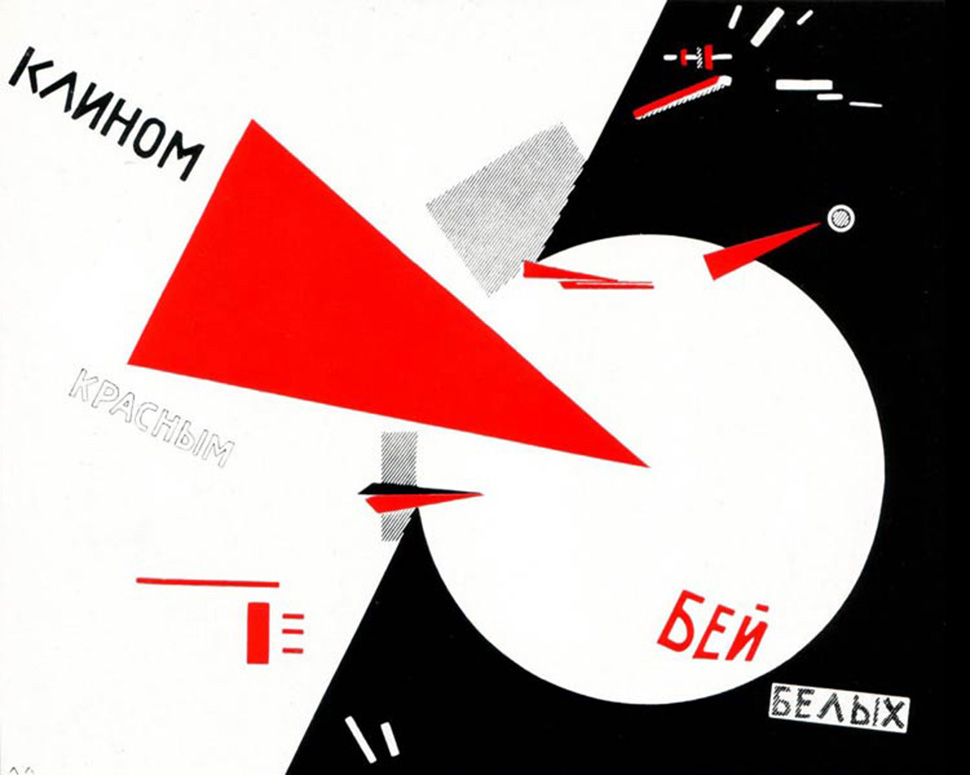
Leading figures in Constructivism included graphic designer, photographer and sculptor Alexander Rodchenko and artist, designer and architect El Lissitzky. While Tatlin and Rodchenko remained in the Soviet Union, Gabo and Pevsner helped spread the Constructivist aesthetic to Germany, France and later England and the US.
Meanwhile, Lissitzky influenced the artists and architects of the Berlin-based de Stijl movement, as well as Hungarian painter and photographer László Moholy-Nagy, a professor at the Bauhaus.
07. Bauhaus
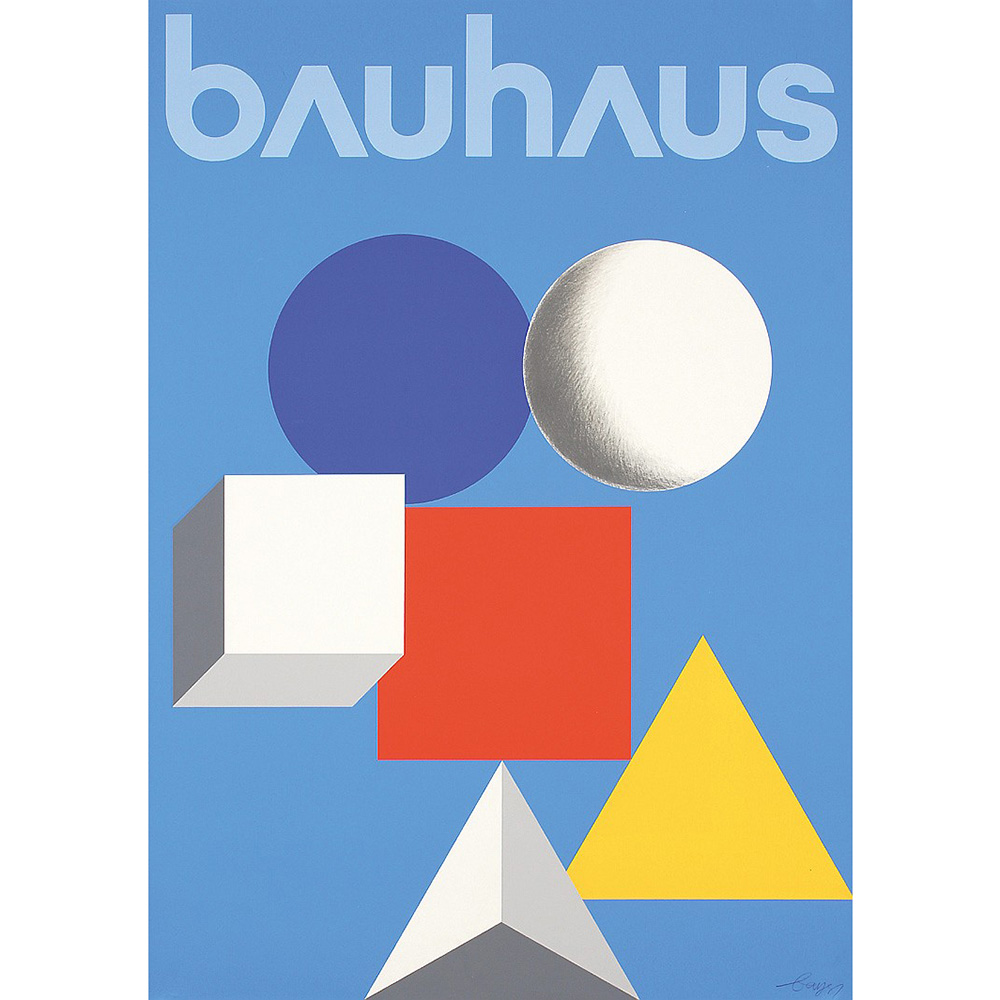
Founded by the architect Walter Gropius, the hugely influential Bauhaus school of design, architecture, and applied arts ran in Germany from 1919-1933, when it was shut down by the Nazi regime.
The school sought to bridge the gap between art and technical craft – not unlike the goal of the Arts and Crafts movement, although the Bauhaus favoured modern mass-production over individual artisan methods.
Students took a six-month preliminary course, where tutors including Johannes Itten, Lyonel Feininger, Josef Albers, Herbert Bayer and László Moholy-Nagy gave them a rigorous education in both the craft and theory of everything from carpentry and metalwork to textiles, graphics and typography.
While the resulting works were hugely diverse, the prevailing style associated with the Bauhaus is that of simple, elegant geometric shapes, combined with bold primary colours – an aesthetic that spread across graphic design, products and architecture long after the school was closed down.
08. Art Deco
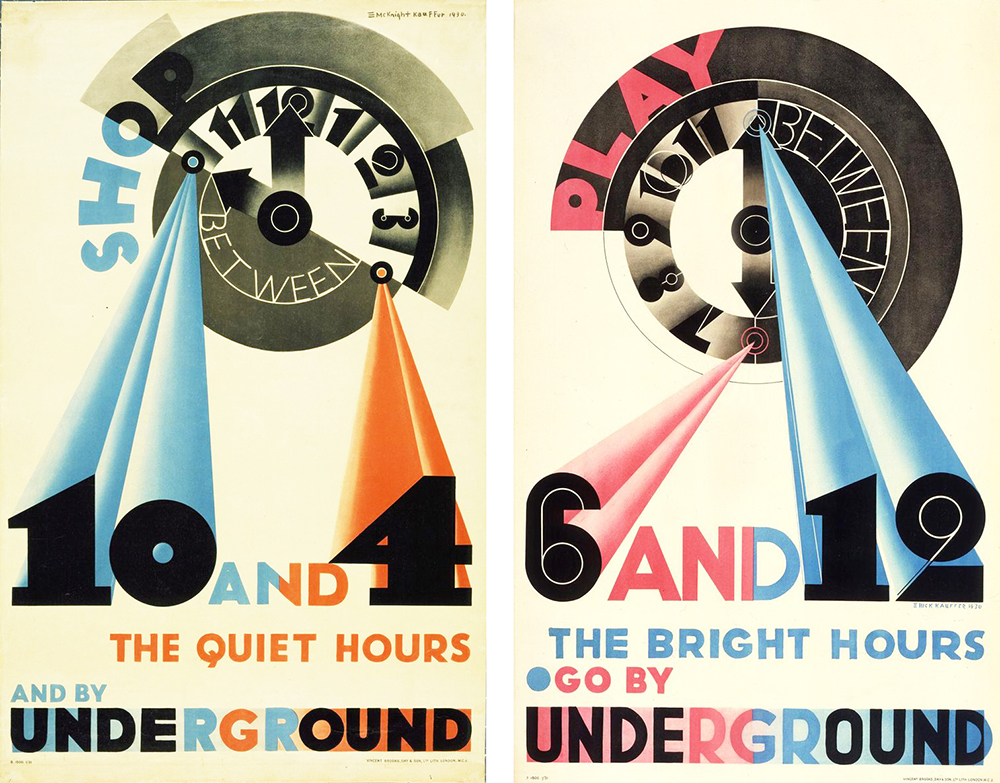
A major international movement across western Europe and the US, Art Deco takes many of its cues from Art Nouveau, as well as elements of Bauhaus and Cubism. It originated in Paris, where the 1925 Exposition Internationale des Arts Décoratifs et Industriels Modernes gave it its name.
Style, elegance and sophistication are the order of the day in an Art Deco design, communicated through simple, streamlined shapes; stylised, often geometric ornamentation and elaborate use of expensive materials, both natural and synthetic.
Spanning architecture, furniture, fashion, sculpture and more, Art Deco encapsulates the decadent spirit of the 1930s – and the Rockefeller Centre, Chrysler Building and Empire State Building were all designed in the style.
Although Art Deco fell out of fashion somewhat during World War II, it saw a resurgence from the late 1960s onwards, and continues to inspire decorative arts, fashion and jewellery to this day.
09. Surrealism
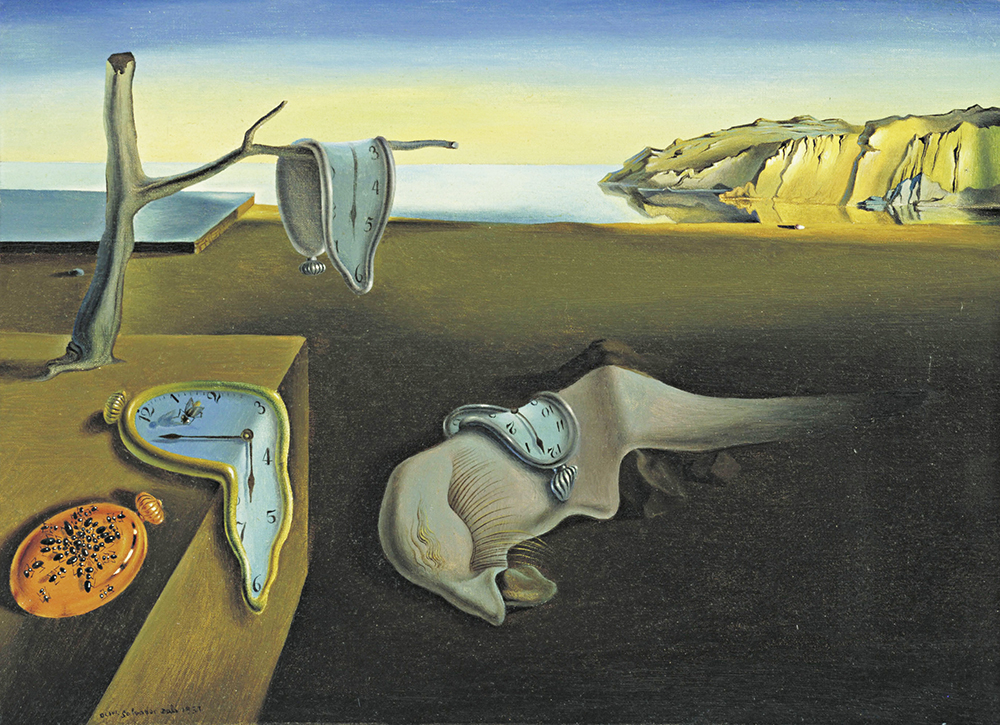
Like Art Deco, Surrealism flourished in the interim period between the World Wars. It grew out of the 'anti art' Dada movement in the early 20th century, but in place of Dada's often nonsensical, satirical vibe – a negative reaction to the horror and futility of war – it brought a much more positive creative expression.
In his 1924 Surrealist Manifesto, poet and critic André Breton argued that Surrealism was about reuniting conscious and unconscious experience; bridging the gap between a fantastical dream world and rational reality.
Leading Surrealist painters included Jean Arp, Max Ernst, André Masson, René Magritte, Yves Tanguy, Salvador Dalí, Pierre Roy, Paul Delvaux and Joan Miró – all of whom had a uniquely personal twist on the movement, and how art could express the sometimes bizarre, sometimes deeply unsettling depths of the unconscious mind.
Unlike the relatively rigid visual language of contemporary Cubist art, Surrealist art was much more organic and freeform, putting the emphasis on symbolism and content rather than form.
10. Abstract Expressionism
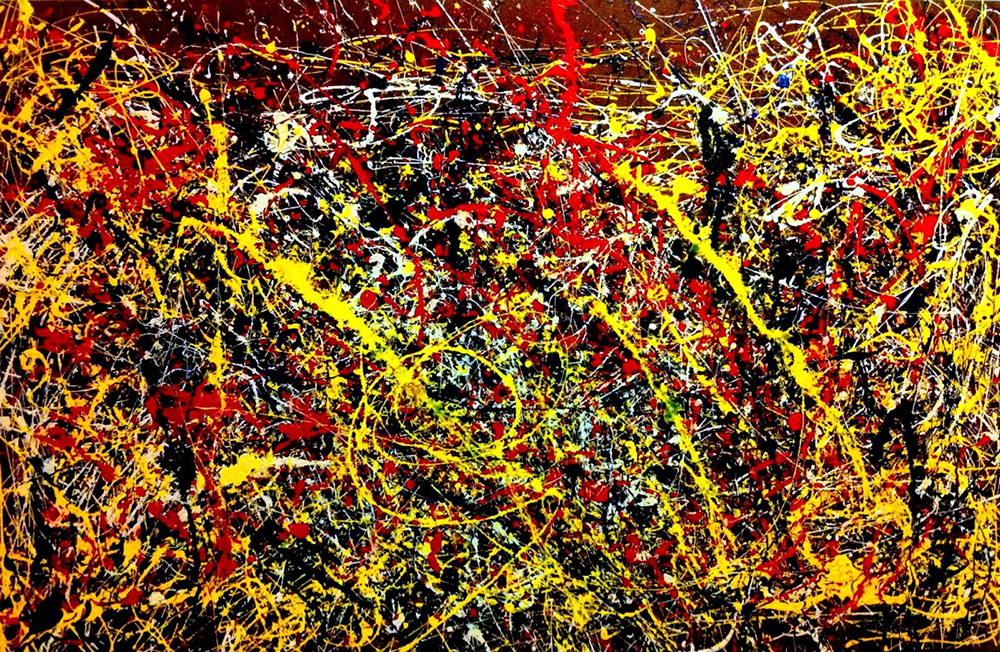
Beginning in the 1940s, the Abstract Expressionism movement fuelled the development of modern art as we know it during the following decade. New York was the hub, and prominent artists such as Jackson Pollock, Willem de Kooning, Franz Kline and Mark Rothko led the way.
Often filling huge canvases with dynamic, powerful applications of paint that evoke everything from violence to sensuality and everything in between, Abstract Expressionist artists drew influence from various avant-garde artists who had arrived in the US in the late 1930s and early 1940s, fleeing Nazi-occupied Europe.
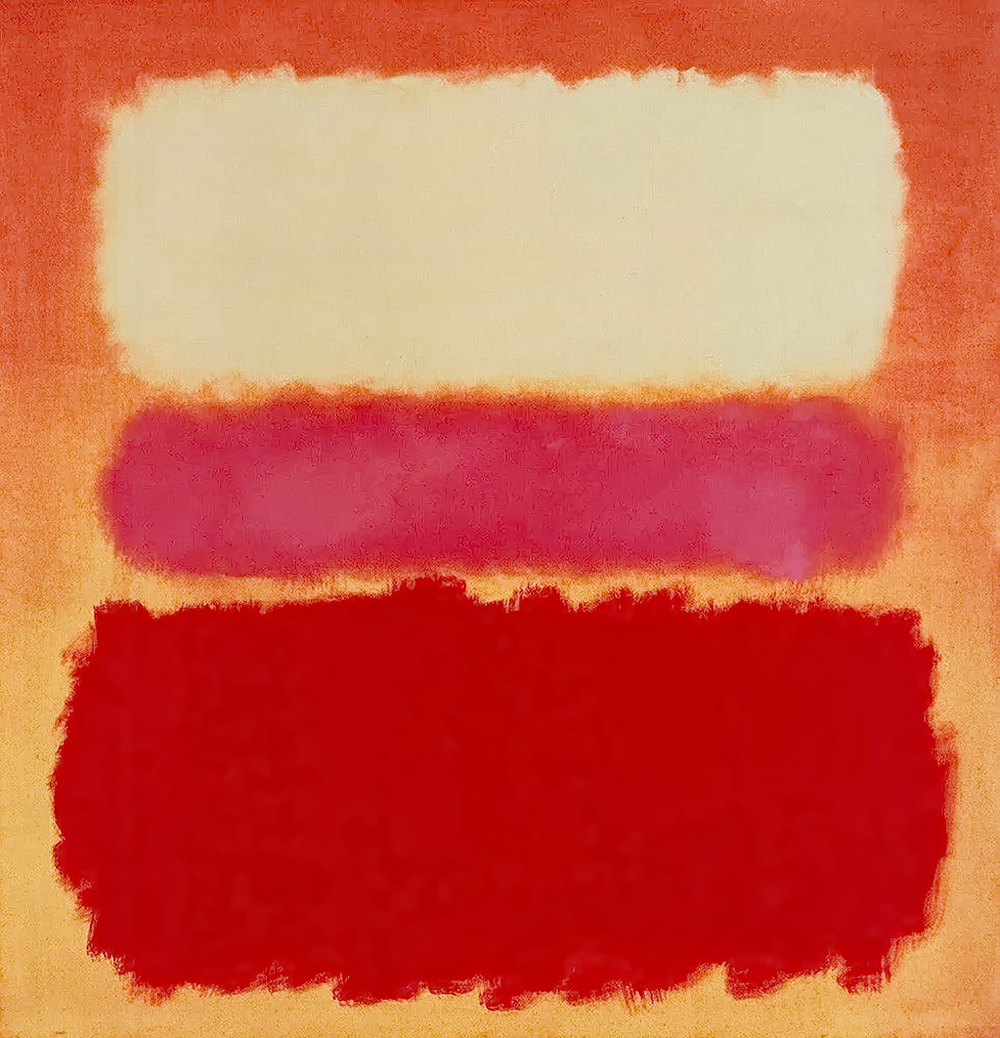
Unlike its predecessors Expressionism and Post-Expressionism, Abstract Expressionism didn't attempt to depict the observable world with any degree of realism, but rather convey an emotional response. While the free, spontaneous, totally abstract nature of the work is a common factor, however, the movement incorporated a broad range of styles and techniques.
Known as action painting, one variation – demonstrated by Jackson Pollock – is particularly loose and dynamic, defined by aggressive, sweeping brushstrokes or partly random splashes and drips of viscous paint. At the other end of the scale, painters such as Mark Rothko worked with much thinner mixtures of paint to create large, soft-edged rectangles of flat colour.
Next page: Late 20th century art and design movements

Thank you for reading 5 articles this month* Join now for unlimited access
Enjoy your first month for just £1 / $1 / €1
*Read 5 free articles per month without a subscription

Join now for unlimited access
Try first month for just £1 / $1 / €1
Current page: Mid 20th century art and design movements
Prev Page Early 20th century artistic movements Next Page Late 20th century art and design movementsGet the Creative Bloq Newsletter
Daily design news, reviews, how-tos and more, as picked by the editors.

Nick has worked with world-class agencies including Wolff Olins, Taxi Studio and Vault49 on brand storytelling, tone of voice and verbal strategy for global brands such as Virgin, TikTok, and Bite Back 2030. Nick launched the Brand Impact Awards in 2013 while editor of Computer Arts, and remains chair of judges. He's written for Creative Bloq on design and branding matters since the site's launch.
